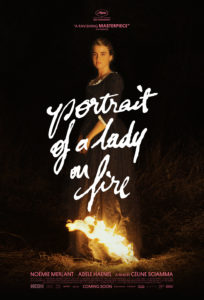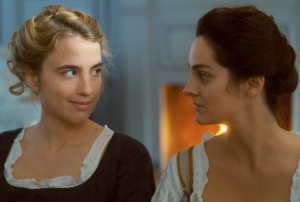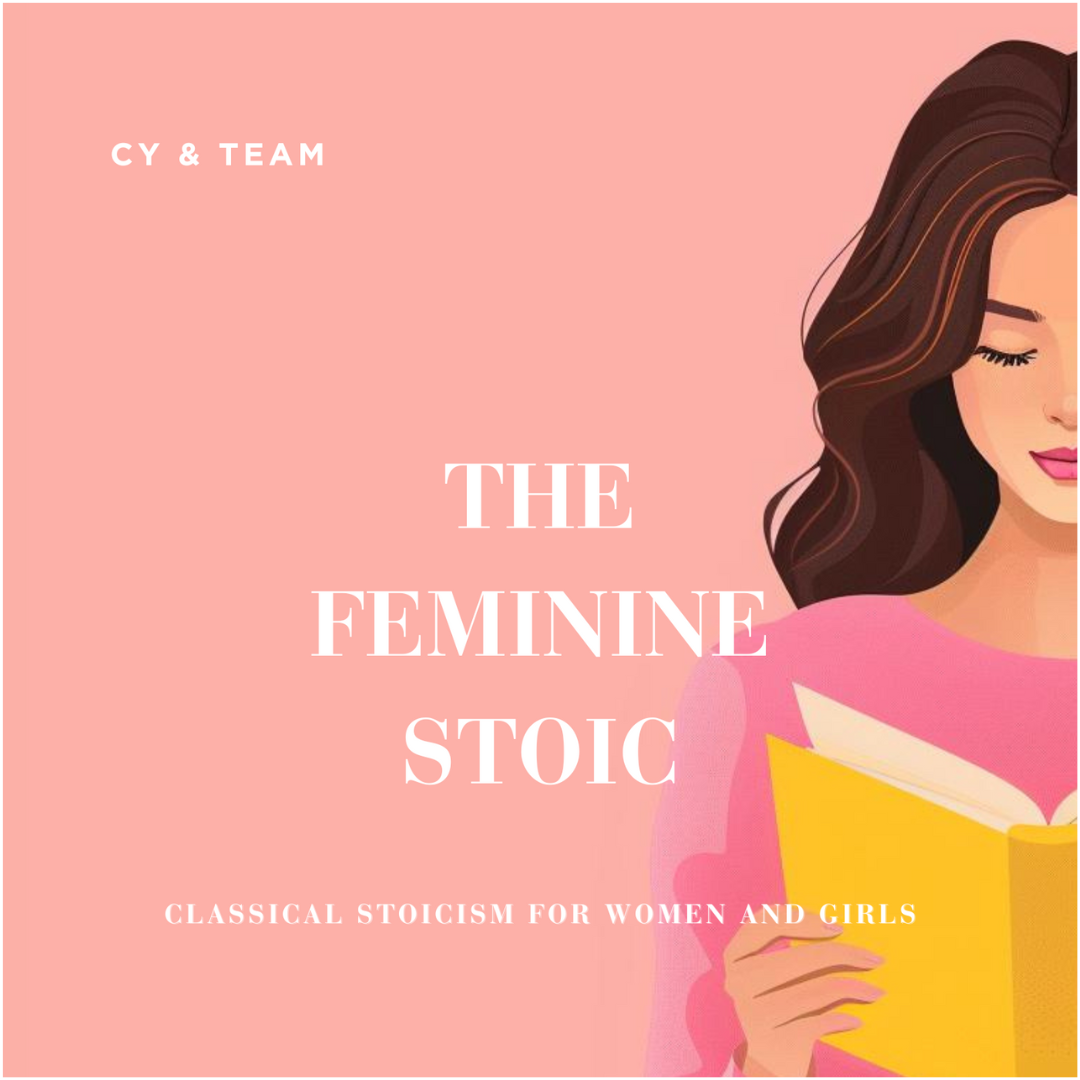"Portrait of a Lady on Fire": A Beautiful, Lush Love Story Between Two Women
Portrait of a Lady on Fire, from director Céline Sciamma, tells the story of Marianne (Noémie Merlant), a painter living in eighteenth century France who is tasked with painting a portrait of Héloïse (Adèle Haenel), a woman who is to be married off soon. Initially painting her in secret, Marianne develops a close bond with Héloïse and slowly begins to fall for her. What follows is an intimate, poetic, and moving love story that sweeps the audience up in a beautiful, breathtaking feat.

Portrait of a Lady on Fire is stunning, down to the way the movie looks, the sound design, and the nuanced performances of Merlant and Haenel. Every frame of the film is a painting, gentle and composed like the most beautiful pieces of art. It’s impossible to look away from, and it’s completely mesmerizing.

The cinematography done by Claire Mathon is stunning, with every shot feeling like an integral part of the movie. The cinematography is a character in and of itself, and portrays the lushness of the story just as much as the words themselves do. Art is a key part of the film’s story, and this is reflected in the way it looks and the gentle, natural sound, free of any musical score until the achingly beautiful finale. Portrait of a Lady on Fire succeeds at placing the audience in the film, making them feel as though they are a part of that place and time, though in reality it is so distant.

Portrait of a Lady on Fire is a slow burn, and a rewarding one at that. The love story between Marianne and Héloïse takes its time, and it has a huge payoff. The two are distant at first, as Héloïse believes that Marianne is there to be her companion until she is whisked away to be married to a man she doesn’t know. Héloïse takes time warming up to Marianne, but slowly begins to fall for her beauty—her brutal honesty intermingled with her gentleness, the way she studies Héloïse, the efforts she makes to understand the girl. It’s impossible to not feel the way that Héloïse is falling in love, and even more impossible to not fall in love with their story as an audience member.

One of the most notable aspects in Portrait of a Lady on Fire is the lack of men or any antagonistic figure. There’s mention of the man Héloïse is meant to marry, and a brief flash of a man in one scene (that could easily be missed), but the film overall exists without the presence or threat of men. So often in lesbian centered films there is a male villain who acts as a threat to the couple; Portrait of a Lady on Fire stays away from falling into this trope, and Sciamma intentionally centers the film entirely on women. It’s refreshing to see, and makes the love story all the more beautiful.

There is a time limit for the romance between Marianne and Héloïse, but the film exists entirely in the moment, with no villain present—and no villain needed. The story is perfect as it is, and Sciamma brilliantly tells one of the most stunning and real love stories that has been seen in a long time. It’s an example of why allowing lesbian directors to create lesbian movies is so important—Sciamma tells the story in a way a straight director couldn’t, and everything about the film feels authentic.
Portrait of a Lady on Fire is available for streaming on Hulu.

More to explore
By Same Author
Related lists created by the same author
By Cluvie Category
Related diversity category
Cheaper By the Dozen: a 2022 Family-Comedy Remake
A 2022 remake of the previous films of the same name, but with a more diverse cast, increasing representation and diversity.




